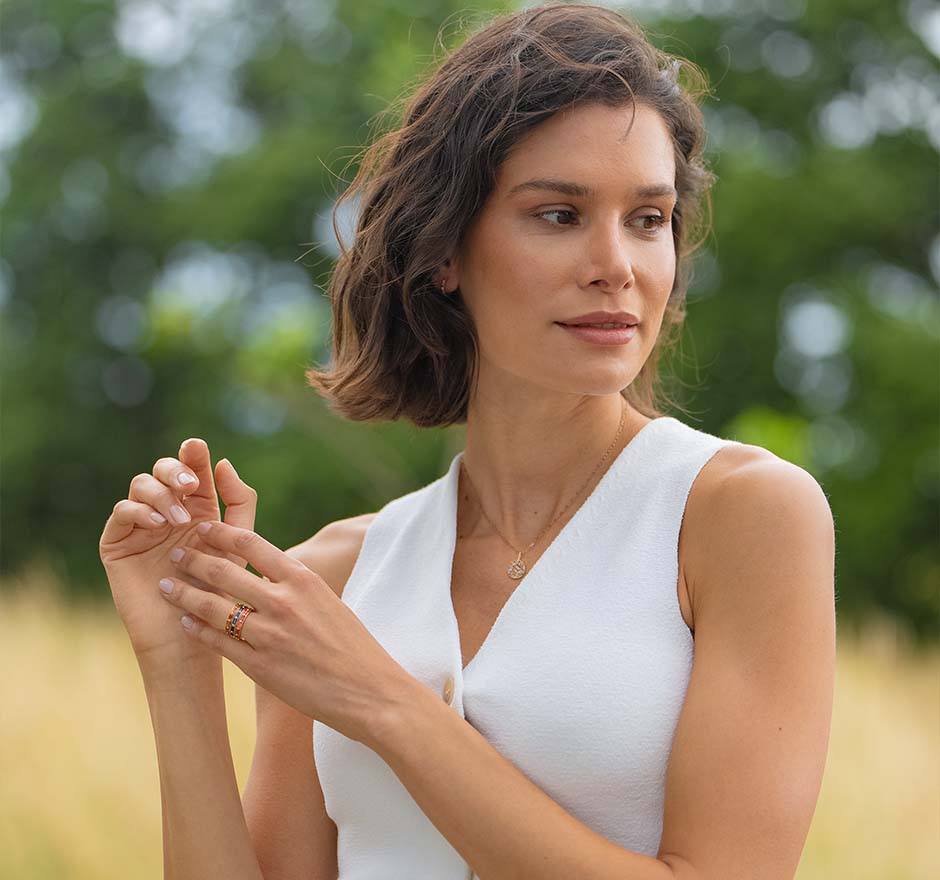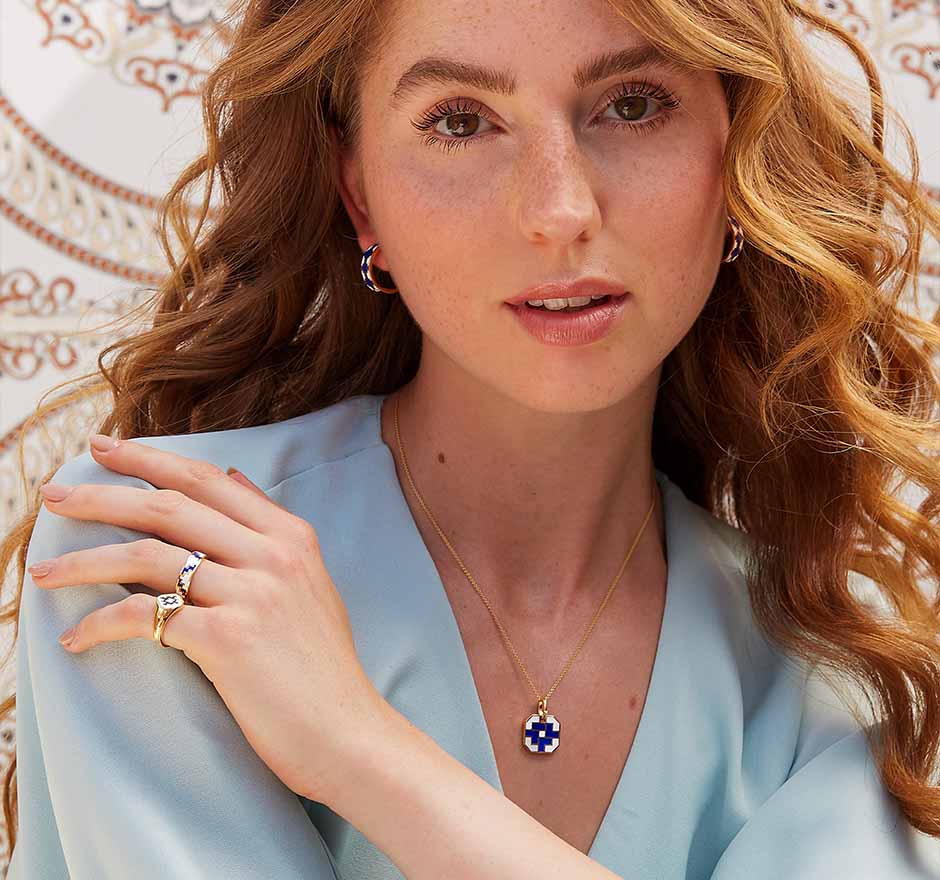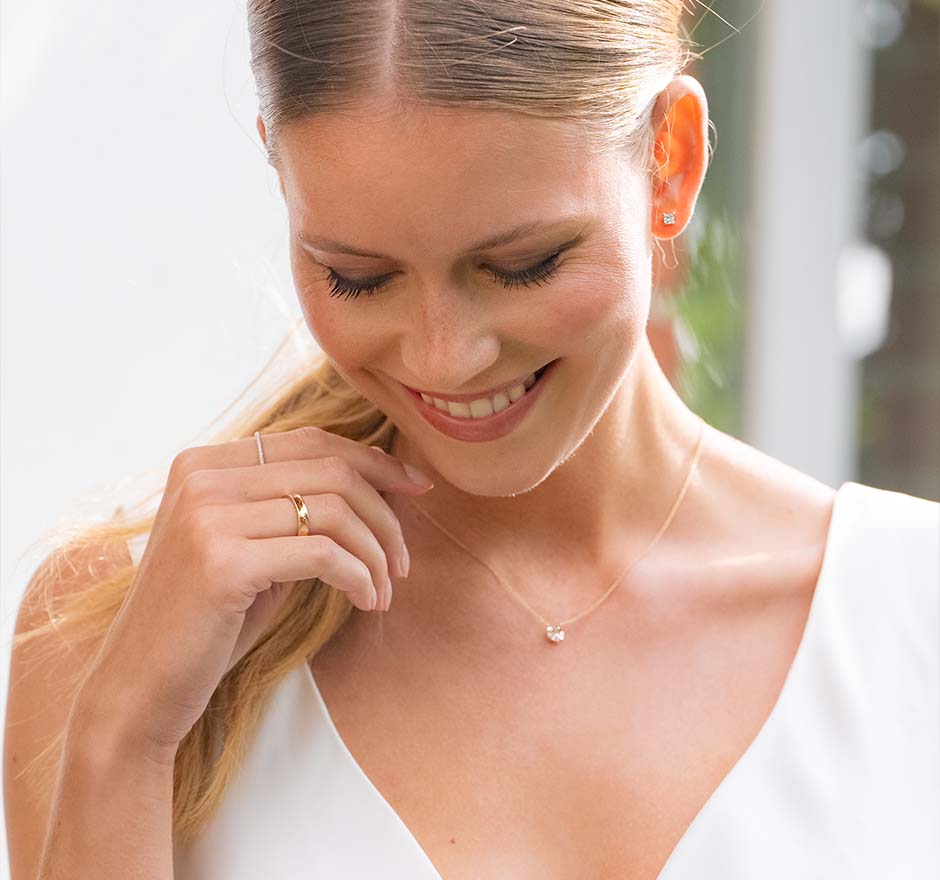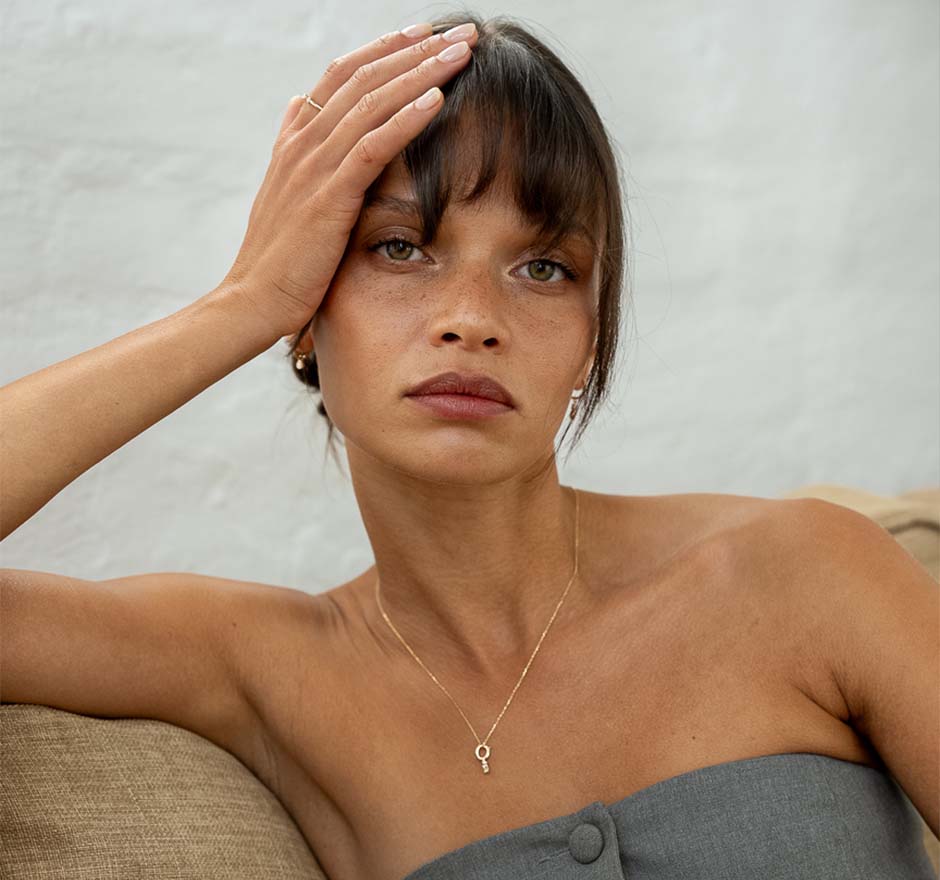What Ring Material?
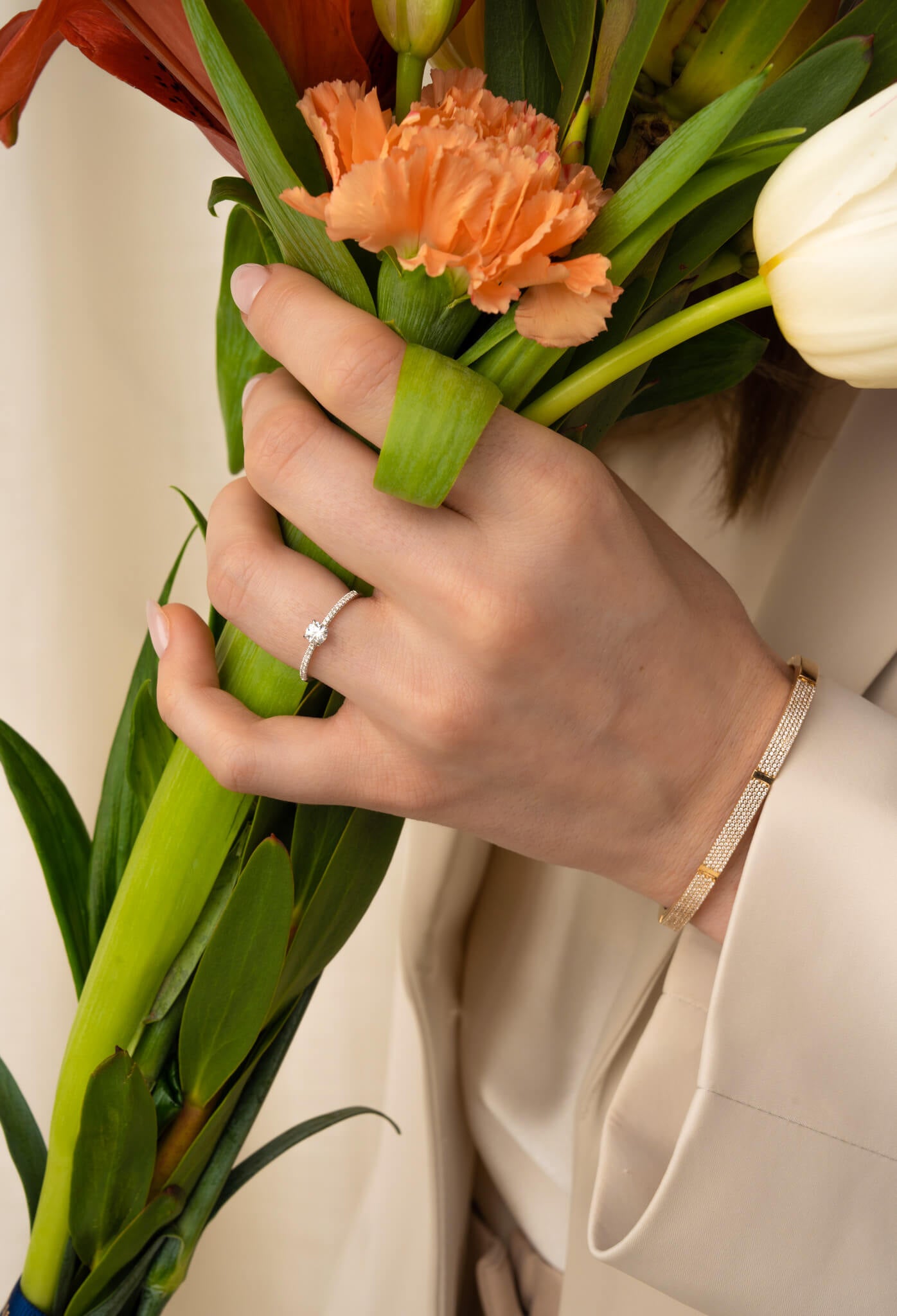
The important criteria
14k, 18k, white, yellow, rose gold, platinum, ... Which material for rings? Choosing the material for a wedding ring or engagement ring can be complicated. Especially if you haven't dealt with jewelry before. That's why we want to make it as easy as possible for you to find the best ring material with our guide to engagement and wedding ring materials. As always, we start with you. There are two possible criteria for the ring material:
- Color and characteristics of the ring
- Design of the ring
Color and properties of the ring material
The colors yellow or rose inevitably lead to the material gold. The color white extends the possibilities to platinum. When choosing the ring color, you should keep in mind the match between your engagement and wedding ring. This doesn't necessarily mean the same color, but colors that match. Also keep in mind that platinum is a stronger material than gold and can scratch the gold ring if the rings are worn together on one hand.
The colors yellow and rose
Choosing a ring in yellow or rose gold gives you the choice of gold carat. Carat refers to the purity of the gold itself, with 24 carat being the purest, as 24/24 parts of the ring are pure gold. 18 carat (750) therefore means that 18/24 parts or 75% are pure gold, while the rest is the alloy. 14 carat (585) is therefore 14/24 parts or 58.5% pure gold. Silver and copper are added to the alloy for the color and strength of the gold. The gold carat also has a direct influence on the color of the ring. The purer the gold, the more intense the shade or color of yellow will be. As explained in our guide to wedding rings , a lighter shade often goes better with a more beautiful color. The following table gives you a good comparison of the possible options for choosing the right gold carat.
| Karat | 14k | 18k |
| Goldanteil | Mittlerer Goldanteil | Hoher Goldanteil |
| Haltbarkeit | Mittel-Hoch | Mittel |
| Farbton | Mehr Pastelton | Intensiverer Ton |
| Allergie | Geringe Wahrscheinlichkeit | Sehr geringe Wahrscheinlichkeit |
| Akzeptanz | Weltweit | Weltweit |
| Wert | Mittlerer Wert | Hoher Wert |
When choosing a ring color, please note that rose gold and low-carat gold can sometimes react on the skin. Especially if the alloy contains nickel, which our rings never contain. So be sure to ask about the alloy of your ring before buying if you are prone to allergies. There are also people with gold allergies, but gold allergies are extremely rare. Alternatively, platinum is a safe option for you.
The color white
If white is your color, you have the choice between gold (14k, 18k) and platinum. This choice is of course a personal decision. However, you can find the advantages and disadvantages of platinum and gold in the table.
| Material | 14k Gold | 18k Gold | Platin |
| Haltbarkeit | Mittel-Hoch | Mittel | Hoch |
| Neigung zu Kratzern | Niedrig | Mittel | Hoch |
| Weißgrad | Mittel. Wird mit der Zeit leicht gelblich | Niedrig. Wird mit der Zeit gelblich | Hoch. Bleibt weiß |
| Rarität | Mittel | Mittel | Hoch |
| Allergie | gering | gering | Hypoallergisch |
| Wert | Mittel | Mittek-hoch | Hoch |
To summarize: We recommend platinum if you choose a white ring. Platinum is a harder material, it retains its white hue and platinum is considered the rarest of the precious metals. However, this is a matter of taste. White gold could be the right choice for you if you want the ring to look worn later.
The design
Engagement or wedding ring designs and materials go hand in hand. Ring designs require the right color, degree of hardness or softness in tone to look their best. We are happy to help you choose a material that suits you for one of our designs. We can also design your dream ring from scratch. In both cases, simply make a free appointment with us. We also recommend our size guide if you need help finding your size.







